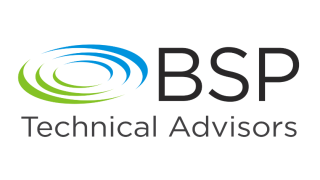These figures come from Euroconsult’s latest report on small satellites, which says that 73% of the global demand will come from North America and Asia in 2027 – by which time there will be more than 7,000 small satellites in operation.
Euroconsult defines small satellites as weighing less than 500kg, but the market research consultancy says that, of the 330 satellites in this range that were launched last year, 295 were in fact under 10kg.
This virtually tripled the market size for small satellites. At the start of 2017 there were 857 such satellites in operation, so the industry saw a 38% increase in 12 months only. The industry launched 1,187 small satellites between 2008 and 2017, in 201 launches, says Euroconsult.
Last year "was a record year for the industry", says Euroconsult, as in 2017 more than twice as many small satellites went into orbit as large satellites – more than 500kg. But in weight terms small satellites were tiny: though there were 330 of them in 2017, they accounted for only 1% of the total mass launched.
Telecoms will dominate the small satellite market worldwide, says Euroconsult: fully half of the 7,038 satellites it expects to be launched by 2027 will be used by the telecoms industry. That’s even higher for the North American market, where the telecoms share will be 59% in market terms and 65% in numbers of satellites. The majority will be from OneWeb and SpaceX’s broadband satellites, says Euroconsult.
Information satellites, totalling 124, are solely commercial, and include HawkEye for traffic and spectrum monitoring, and other machine-to-machine cubesat projects.
Together, telecom and Earth observation will account for 86% of the future North American market, at $13.7 billion and $3.9 billion respectively. Due to the low price of information satellites, weighing 10kg or less, this application appears at 0.6% of the total market value, while the 90 forecasted security satellites would represent 11%, with a unit cost approaching $28 million.
A separate report, from Markets and Markets, says that the satellite communications equipment market – most of which is satellite antennas – was $20.2 billion in 2017 and will be $30.2 billion by 2022, a compound annual growth rate of 8.46%.
Markets and Markets agrees with Euroconsult in its finding that the telecoms and IT segment captures the largest market share. Based on end-use, the maritime segment is the largest, providing commercial and naval vessels with the ability to maintain contact at all times, and providing internet access and TV reception.
The Asia Pacific market will have the highest annual growth, thanks to the increased use of satellite antennas in vehicles in the region. Efforts by the Indian Space Research Organization and China National Space Administration have helped contribute to significant growth in the region.
A third analyst company, Northern Sky Research (NSR), contrasts capacity revenues from traditional fixed satellite services (FSS) with high-throughput satellites (HTSs), which have been developed to provide broadband services. HTSs are both in stationary – geosynchronous – orbits, which puts them 35,800km above the equator, and in lower orbits. All FSS satellites are in geosynchronous orbit, which creates an inevitable round-trip latency of 540ms because of the speed of light.
HTS capacity revenues will overtake FSS revenues by 2022-23, says NSR. The whole satellite services market will rise from around $13 billion this year to nearly double that in 2027.
FOR THE FULL REPORT >>>CLICK HERE





